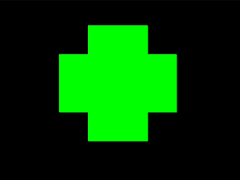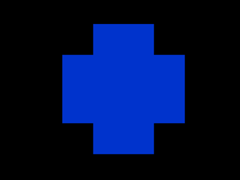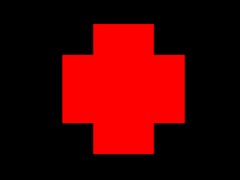Unit 15 Light, Colours and Beyond
Topic
How do our eyes work?
Curriculum Link
11.2 How we see: functions of main parts of the eye
11.9 The brain and our senses: interpretation of signals
15.1 How we see an object: non-luminous objects are seen because light reflected from them enters our eyes
15.2 Reflection at plane surfaces: law of reflection
Estimated Lesson Time
80 minutes
Introduction
In this activity, students will learn and apply the parts of eyes in the daily-life examples. It is recommended to first let students know the structures of eyes by dissection of ox eyes before this activity.
Key Question
How do our eyes work?
Learning Objectives
In this activity, the students should be able to
- describe how image is formed and draw ray diagram to represent the path of light (SP 1);
- apply the basic concepts of light reflection and refraction and draw ray diagram to represent the path of light entering the eye ball;
- describe how different parts of eyes and the brain coordinate for human vision;
- describe the location of blind spot through hands-on activity (SP 5);
- identify three types of cones cells;
- explain different eye diseases based on their learning in this activity.
Teaching Plan
| Task (Time) | Brief Description | Materials | Objectives |
|---|---|---|---|
|
Exploration |
|
|
(1) |
Explanation |
|
|
(2) & (3) |
Engagement & Explanation |
|
(4) | |
Exploration & Explanation |
|
(5) | |
| Exploration & Evaluation (10 min) |
|
(6) |
*Apparatus and materials required:
- lamp house
- convex lens
- white screen
- eye model






